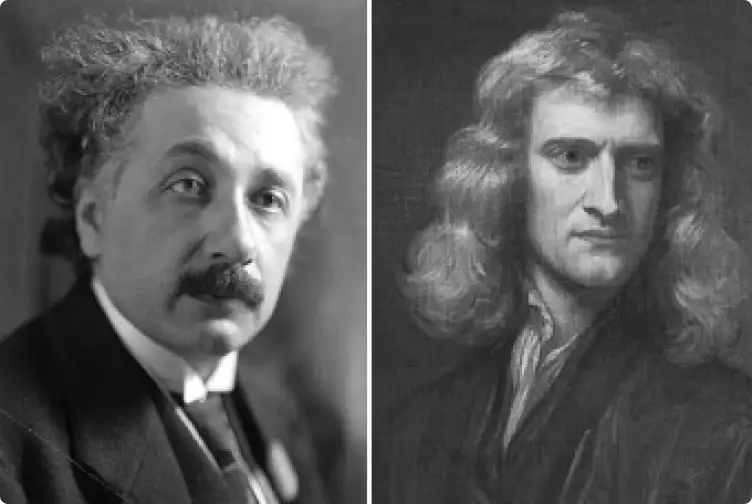
This is an extract from the OPIP book in which A(lice) and B(obby) discuss the characteristics of top physicists. It’s the continuation of the chapter “Profiling the Next Einstein” that explored the role of imagination, creativity (opposed to intelligence), talents across several disciplines, mental instability, and perseverance.
B: Let’s return to the topic of famous physicists’ characteristics.
A: Back to that again? It seems you didn’t structure your thoughts properly.
B: First of all, it was only your interjection that got me off on a tangent. Second, a certain level of chaos can be conducive to creativity, a study found.[1] Einstein, for example, was well known for his messy desks. By the way, when defending his messy desk, Einstein reportedly said, “If a cluttered desk is a sign of a cluttered mind, of what, then, is an empty desk a sign?”
A: Did other physicists also have messy workspaces?
B: Some did, like Feynman, while others didn’t, like Dirac.
A: Are we on the right path here, looking at physicists’ workspaces to derive anything of value? It sounds to me like reading coffee grounds.
B: Probably you’re right. But I did quite some research on it. Let me share it, so that it wasn’t in vain. At least it fills some pages.
A: Okay.
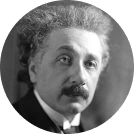
Albert Einstein (1879-1955)
Developed the Special & General Theory of Relativity. Made key contributions to quantum physics and other fields. Reportedly didn’t speak until he was three years old and initially struggled in formal schooling, even dropping out of his first school. Avid violin player and lover of Mozart and Beethoven. Married a fellow student. Used his Nobel Prize money to pay his wife (the fellow student one) for the divorce.
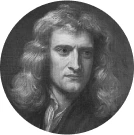
Isaac Newton (1642-1726/27)
Laid the foundation for the Scientific Revolution and significantly influenced the Enlightenment. Formulated the laws of motion and universal gravitation, establishing classical mechanics. Co-inventor of calculus, the mathematical study of continuous change. Obsessed alchemist, short-tempered and unsocial. Poor diet, reportedly survived primarily on bread, cheese, and apples (of course). A complete failure as a farmer, young Newton was often discovered reading under a tree, neglecting his farm chores.
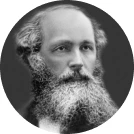
James C. Maxwell (1831-1879)
Laid the foundation for 20th-century physics with his unification of electricity and magnetism into electromagnetism. This earned him third place, behind Einstein and Newton, in a 1999 poll of 100 leading physicists ranking the greatest physicists of all time. Contributed to photography, showcasing the world’s first color photograph during a lecture in 1861. Lifetime poet and known for his generosity.
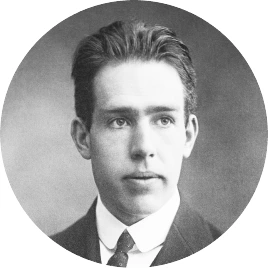
Niels Bohr (1885-1962)
Made pivotal contributions to the understanding of atomic structure and quantum theory. Struggling with writing in school. From a family of scientists, his son won the Nobel prize as well. Avid footballer from a very sporty family (his brother was part of Danish national football team at the Olympics in London 1908 that beat France 17-1 in the semis, but lost against Great Britain in the final).

Werner Heisenberg (1901-1976)
Pioneer and central figure in the development of quantum mechanics, as well as a contributor to quantum field theory. One of the youngest Nobel laureates at age 31. Involved in Germany’s nuclear program during World War II (Heisenberg’s true motiviations during that time are subject of debate among historians, some claiming he hid crucial information from Nazi leaders to avoid the creation of the bomb, while others claim that it was stopped due to his miscalculations, predicting far more fissile material was needed than actually necessary, as proved in the Manhattan project). Accomplished pianist. Later served as inspiration for a drug manufacturer in a US crime drama series.

Galileo Galilei (1564-1642)
Renowned astronomer and polymath. Laid the groundwork for Newton’s subsequent laws of motion. Vigorous proponent of the scientific method. Under the threat of torture and death by the church, he formally recanted his support for Copernicus’ heliocentric model, which posits the Earth revolving around the Sun. Internally he never gave in, as can be seen by his purported words, “And yet it moves!” after his trial, and his middle finger still being on display in a museum in Florence.
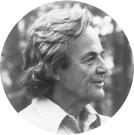
Richard Feynman (1918-1988)
Central figure in the development of quantum electrodynamics. Rockstar educator, the “Feynman Lectures on Physics” are a must read (& watch, some videos exist too). Part of the Manhattan project to build the nuclear bomb. Avid safe cracker and bongo player. Not a fan of honors, often declining them. Fascinated with arts both in younger years (posing as life model, naked) as well as later in life (drawing and painting) under pseudonym “Ofey” (abbreviation of O’Feynman’).
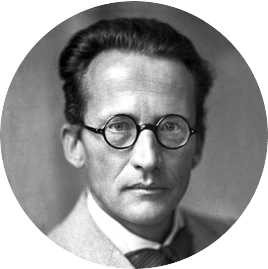
Erwin Schrödinger (1887-1961)
Architect of wave mechanics and the Schrödinger equation. Polyglot and fluent in many languages. Interested in various fields such as philosophy and the study of ancient Eastern cultures. His biology book, “What is Life?” served as inspiration for James Watson and Francis Crick, the discoverers of the structure of DNA. Lived in an open marriage and a “ménage à quatre” with his mistress and her husband.
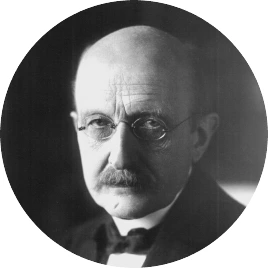
Max Planck (1858-1947)
Father of quantum physics. Ancestry of professors. Talented pianist, occasionally performing duets with Einstein playing the violin. He once considered pursuing a career in music instead of physics. A bit of a late bloomer in the scientific community, he published his most groundbreaking work on quantum theory at the age of 42. Not too many fun facts, rather serious person and deeply religious. Faced significant adversity throughout his life, most heartbreakingly the execution of his son by the Nazis, who was implicated in the failed plot to assassinate Hitler.
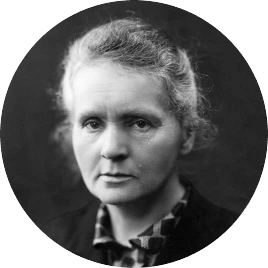
Marie Curie (1867-1934)
First woman to win a Nobel Prize, and the only person to win Nobel prizes in two different sciences (physics and chemistry). Carried radium in her pocket, unaware of its harmful effects. Her husband and daughter got Nobel prizes too, making them the family with the most Nobel laureates to date. Selflessly using her Nobel prize money for research. Also, she chose not to patent her findings, allowing the scientific community to further build on her work.
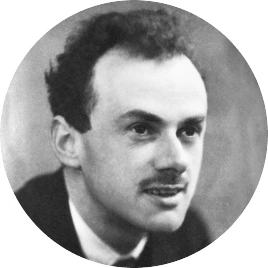
Paul Dirac (1918-1988)
Made fundamental contributions to quantum mechanics and quantum electrodynamics. Predicted the existence of antimatter and formulated the Dirac equation. Prodigy in mathematics and won the Nobel prize at the age of 31. Outspoken atheist with a strong aversion to music. Adored Mickey Mouse. Unconventional, quirky and highly introverted, rarely showing emotions. Minimalistic, brief and short with words. Described by Feynman as “a brick wall.”
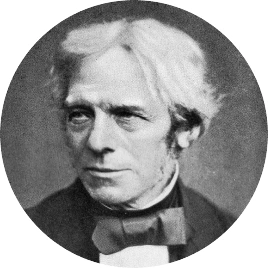
Michael Faraday (1887-1961)
Made major contributions to electromagnetism and electrochemistry. Considered one of the most influential scientist in history despite having received very little formal education. His lectures at the Royal Institution were celebrated for their clarity and entertainment value. Declined many honors and titles, including a knighthood, as he believed science shouldn’t be about personal glory.


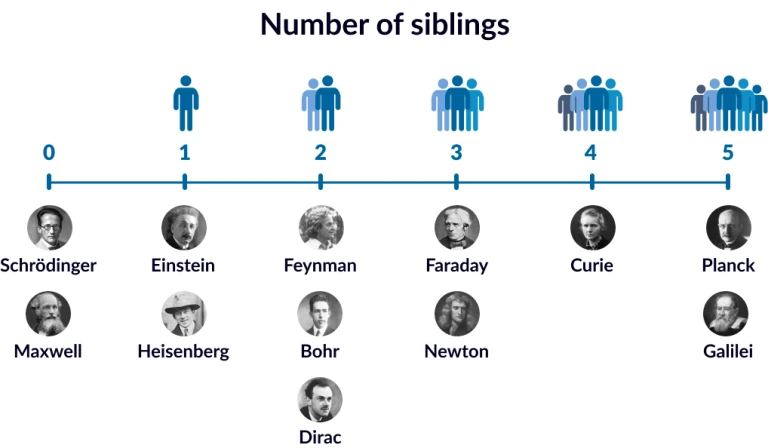
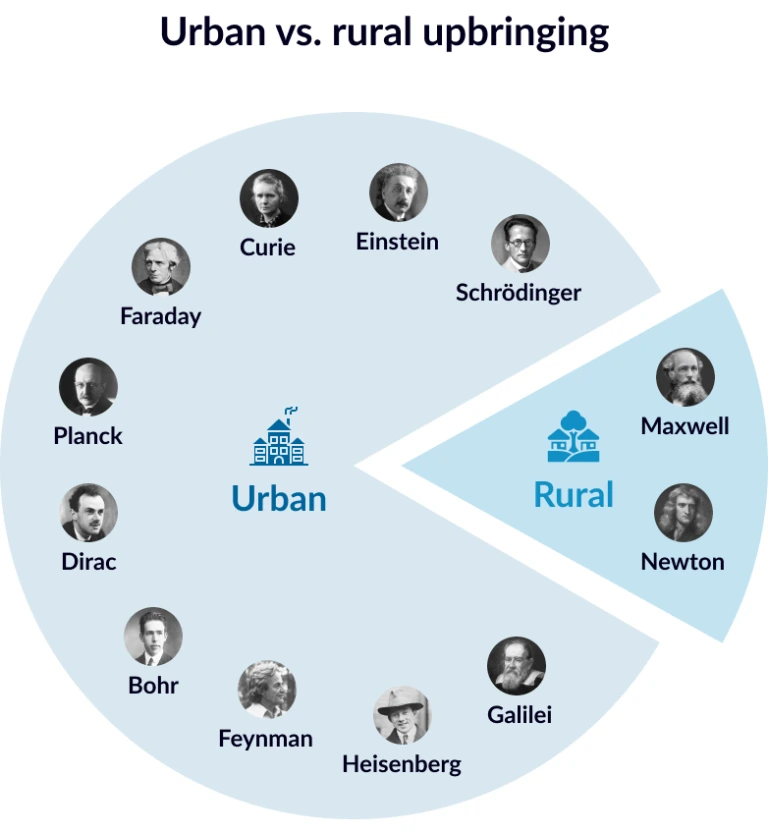

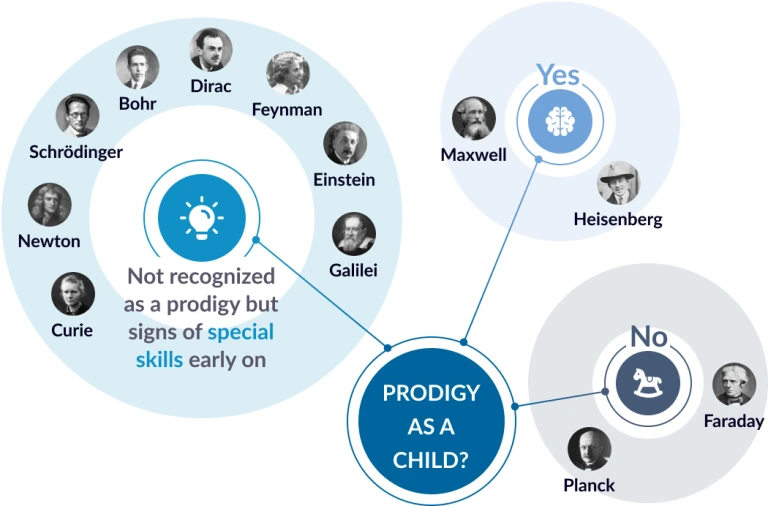
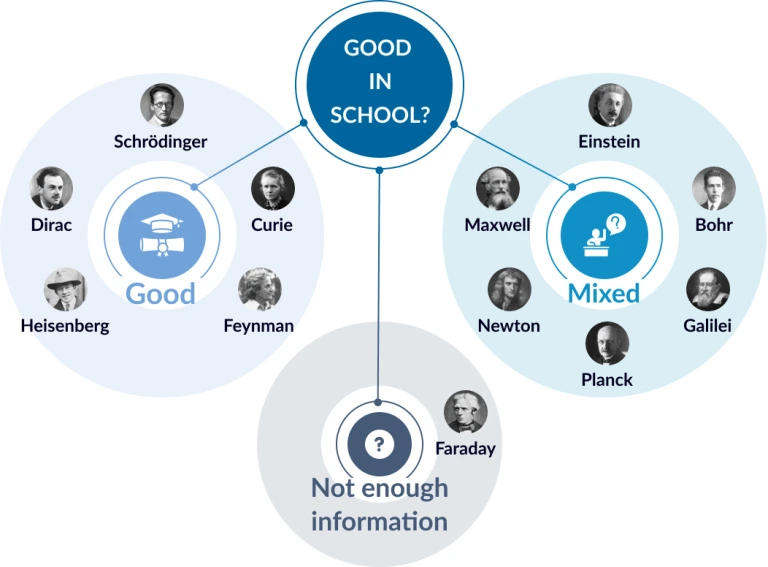

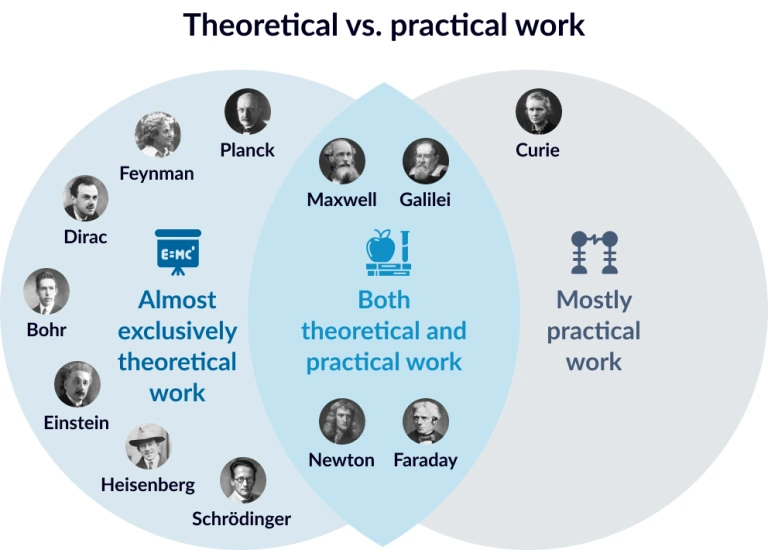
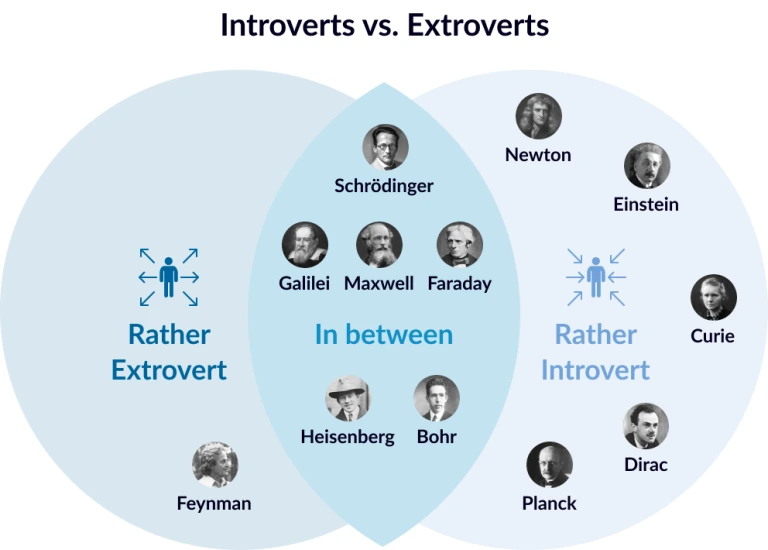
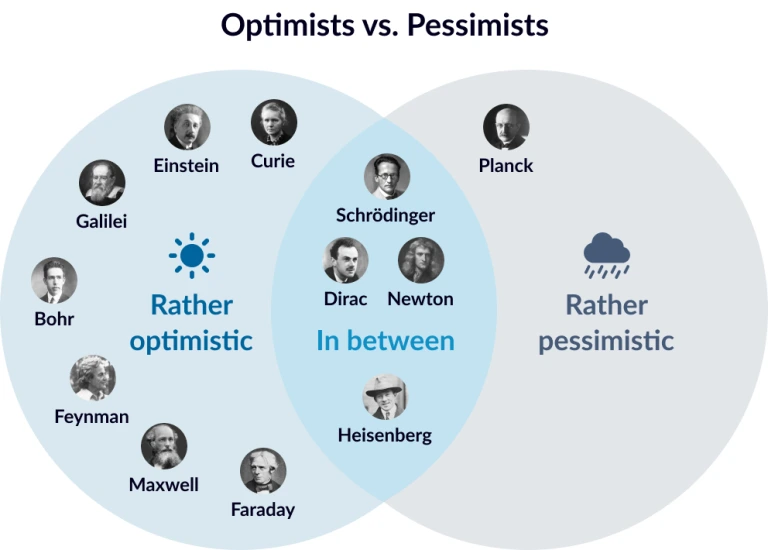
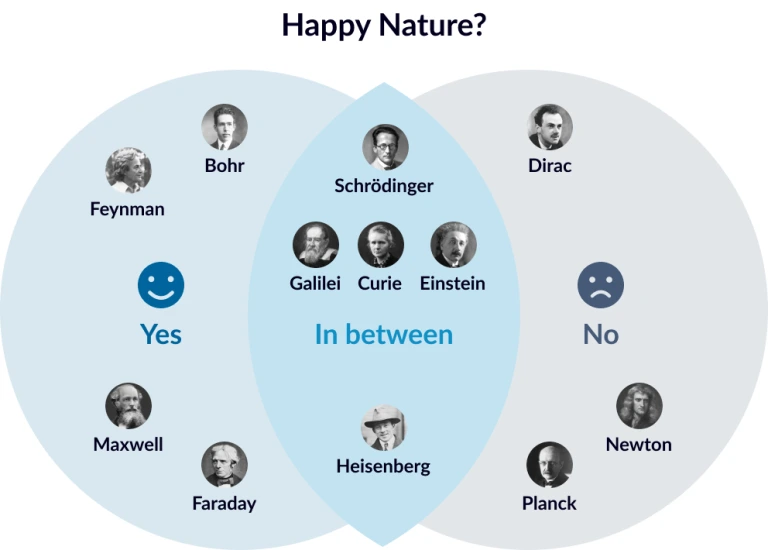


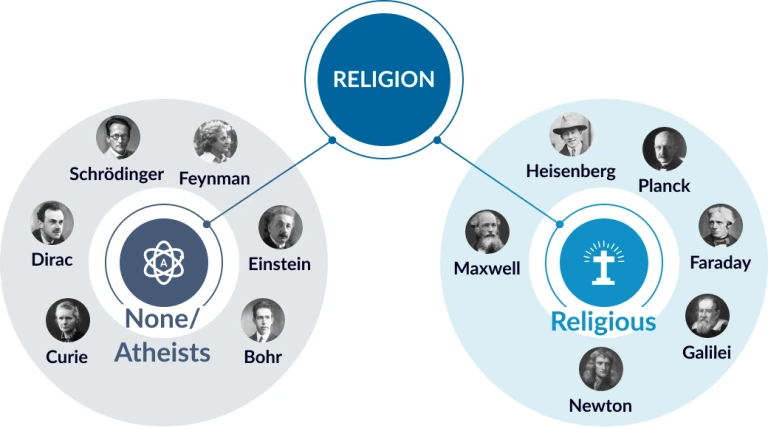
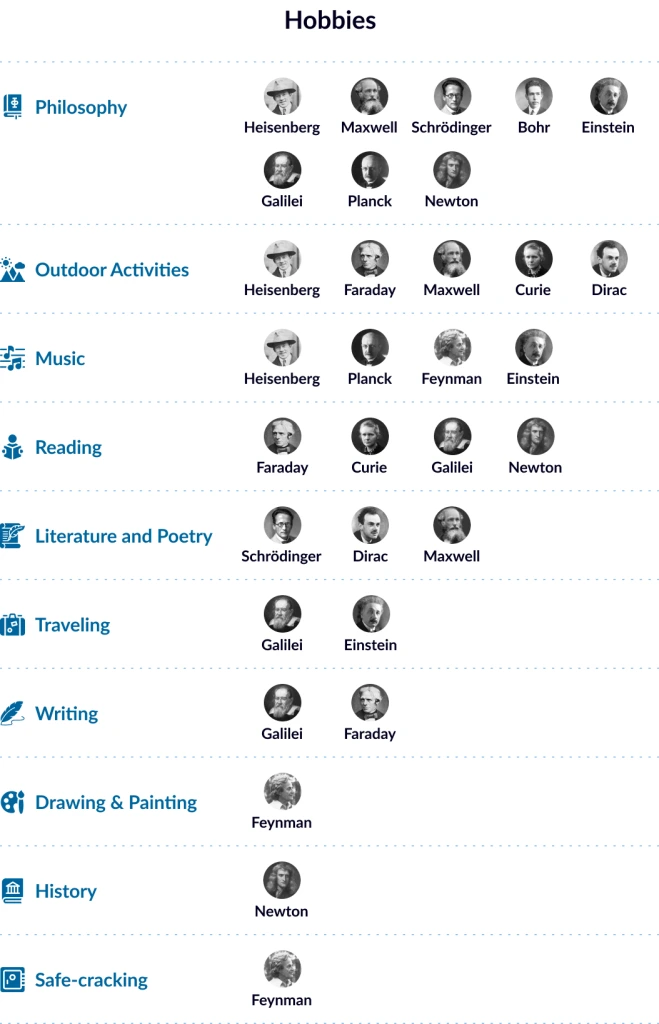
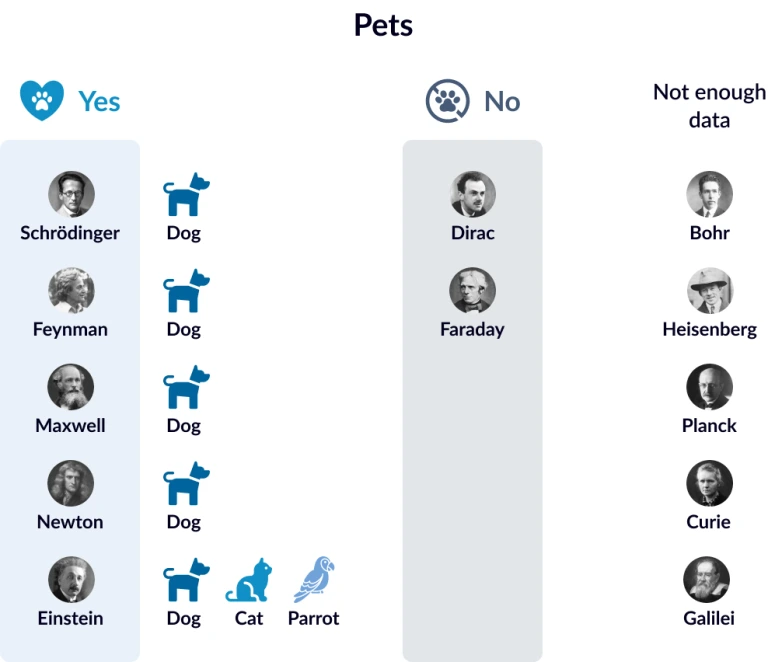
A: You left out some obvious characteristics. For example, what about intelligence? They must have been damn smart, no?
B: Smart they were, but intelligence is different, at least if you define it as what is measured in IQ tests. Many never took such tests, or if they did, the results weren’t made public.
A: Are there any estimates?
B: There are, placing most of the top physicists at the higher end of the scale (Einstein around 160), although Feynman is reported to have claimed to have an IQ of only 125. However, such estimates should be regarded skeptically. Due to the physicists’ massive contributions, there is always the tendency to estimate an IQ in-line with our belief that such achievers must have had a high IQ. The purported IQs follow their achievements, not the other way round (as it should be the case). It reminds me of the stock market. Conventionally, you’d think that the news makes the stock prices. In reality, however, nobody knows why markets develop in the way they do. But analysts need to attribute a cause to them, so they link news to it which seems to explain it. Hence, the prices often make the news.
A: Okay. Let’s talk about other characteristics. You also left out some fun ones. For example, what about IQ?
B: Didn’t we just discuss that?
A: Sorry, I meant their sexual orientation, also referred to—at least from now on—as individual queerness (IQ).
(…)
To read the entire chapter, please get the OPIP book.
—
[1] Vohs, K. et al. (2013): “Physical Order Produces Healthy Choices, Generosity, and Conventionality, Whereas Disorder Produces Creativity” (Psychological Science).
